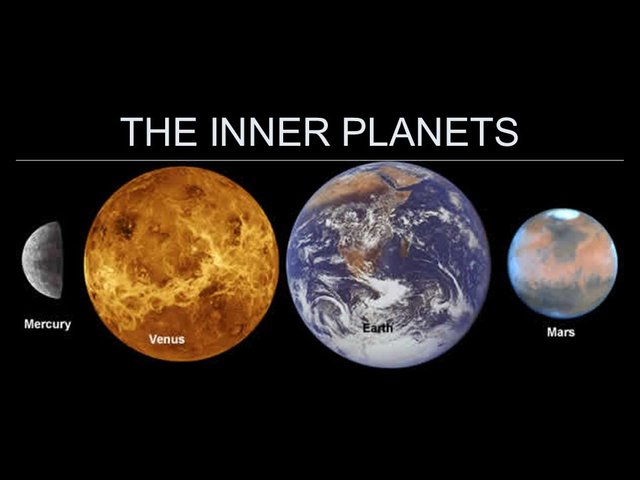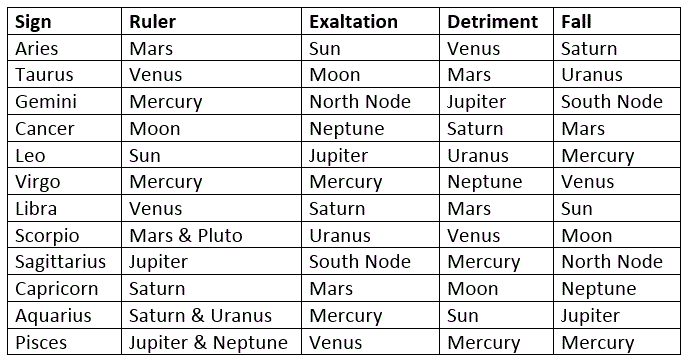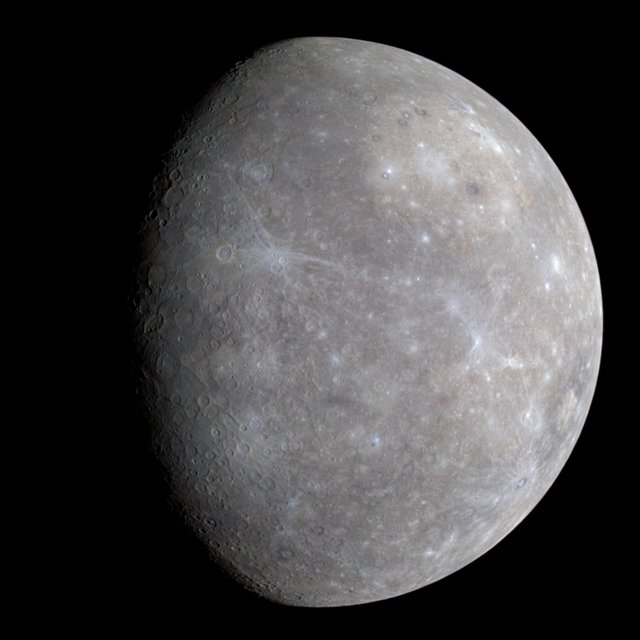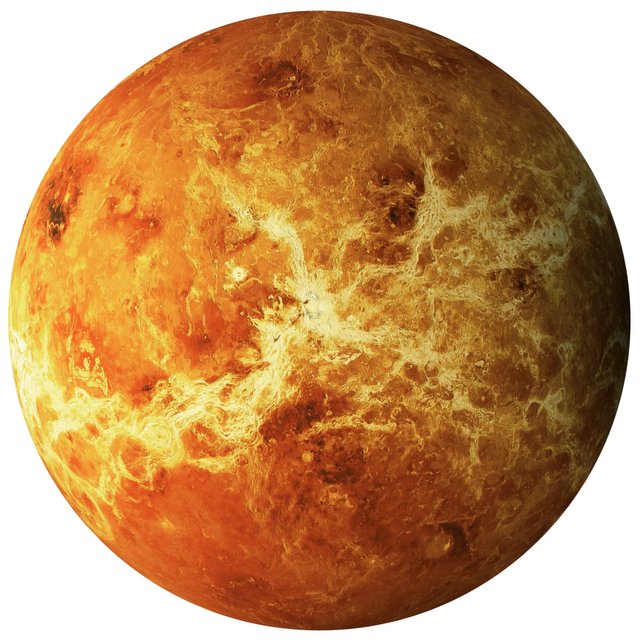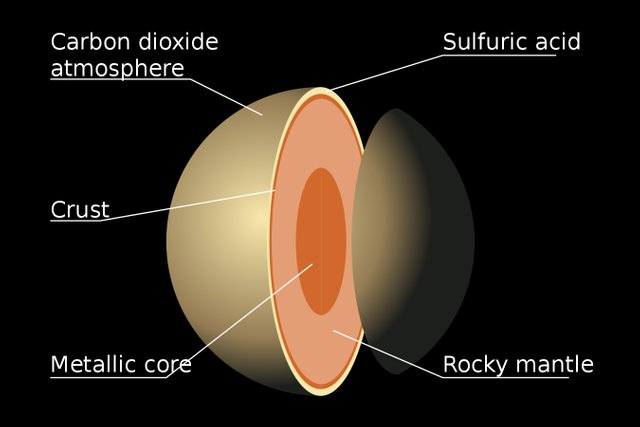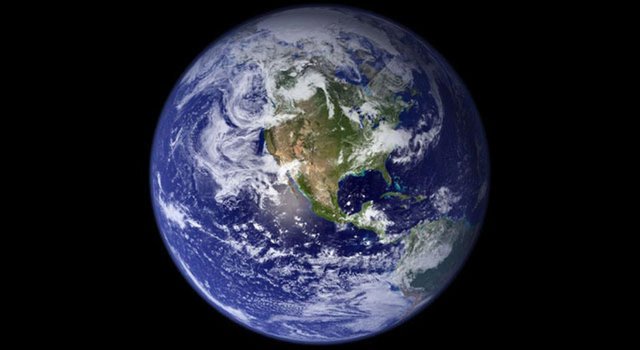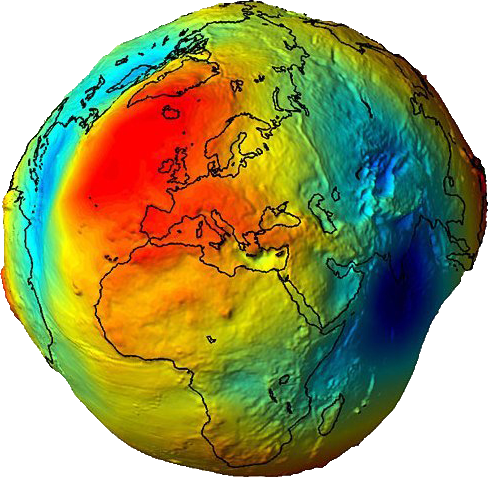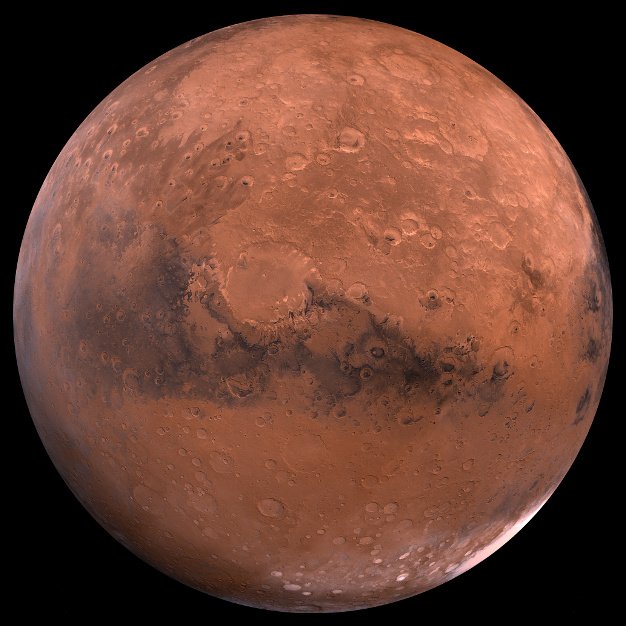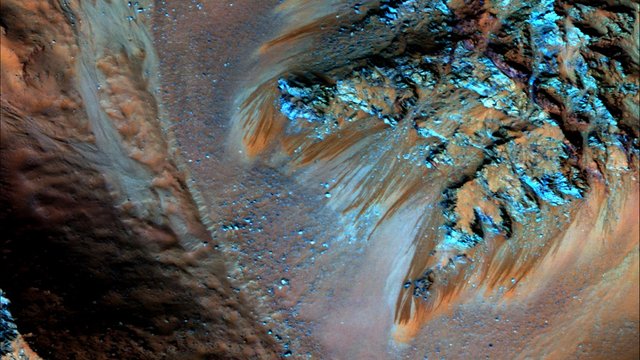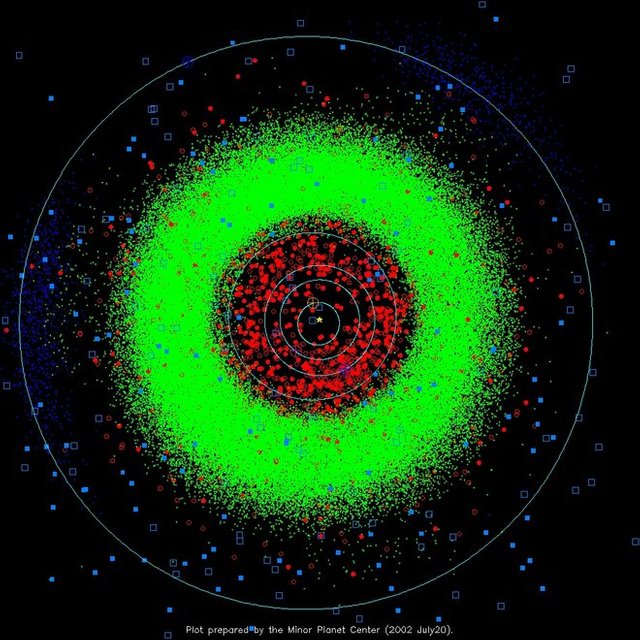Let's get to know the solar system part 1: The inner planets.
The disposition of the planets.
The Solar System has nine planets. Mercury, Venus, Earth and Mars, the four closest to the Sun, are small and rocky, while the next four - Jupiter, Saturn, Uranus and Neptune - are gaseous giants. Pluto, on the other hand, is a small rocky planet that has its own peculiarities. Between the rocky inner planets and Jupiter, the first gas giant, is the asteroid belt, perhaps the remains of a planet that exploded, or perhaps planetesimals that never came together to form a planet. All the inner planets can be observed with the naked eye and are known since Antiquity.
The planets and the signs of the Zodiac.
The ecliptic is the plane of the Earth's orbit in its translation around the sun, but as we see it from Earth it is the plane of the Sun's path over the sky. All the other bodies of the Solar System describe a similar plane, that's why we always see that the Moon, the planets, the asteroids and the comets are located in a narrow strip of sky. The constellations that are at the bottom of that strip are the constellations of the Zodiac. Thus, the planets, the Sun and the Moon are always found in some signs of the zodiac.
How does a planet orbit?
Johannes Kepler (1571-1630) described the movement of the planets in three laws. In his first law he announced that the planets describe elliptical orbits around the sun, from whose foci the sun is located. Therefore, there will be a time when a planet is at a point of maximum proximity to the sun. known as perihelion, while the point of the orbit farthest from the sun is aphelion. The second law states that, in its orbit around the sun, a planet sweeps equal areas in equal times; which means that a planet moves faster during its parihelion and more slowly in its aphelion. In his third law, Kepler related the size of a planet's orbit and the time needed to circle the sun.
Mercury.
Mercury is the planet closest to the sun and the smallest of the group of inner planets; in fact, only Pluto is smaller. Virtually no atmosphere and its surface is dry and abrupt, plagued by craters caused by the impact of numerous meteorites that give it a similar appearance to the Moon. Its movement of translation around the sun is the fastest of all the planets, but its rotation movement is very slow, since it takes almost 59 days to complete a turn on its axis. As a consequence of this slow rotation, the greatest temperature difference between the diurnal and nocturnal regions of all the planets occurs.
Internal structure.
Mercury is the smallest of the inner rocky planets and, nevertheless, it surprises its high density, which is only surpassed by the Earth. The planet is constituted by a thin siliceous crust under which there is a mantle of about 600 kilometers thick, also formed by silicates. The nucleus has a radius of 1,800 kilometers, is composed of an iron and contains 80% of the mass of the earth.
Venus.
The second planet closest to the Sun is Venus, the brightest celestial body seen from our sky, after the Sun and the Moon. Its brightness is due to the fact that it has a thick atmosphere formed by clouds of carbon dioxide and sulfur that intensely reflect sunlight. Venus has a terribly hostile environment. In addition to clouds containing sulfuric acid droplets, it is the hottest pan of our system, with temperatures reaching 480 ° C on its surface. Likewise, winds of up to 360 km / h cross the Venusian atmosphere, so that the clouds that surround it give a complete return every four Earth days. The day of venus is the longest of the year.
Internal structure and other characteristics.
Venus describes a retrograde rotation movement; that is, unlike the Sun and most planets, it rotates in a clockwise direction. In addition, this movement occurs so slowly that a magnetic field is not observed. Under the thick layer of clouds, the probes sent to Venus detected a surface covered with craters, volcanoes and two large flat regions, which was called Earth of Aphrodite and Land of Ishtar. It is thought that its internal structure is similar to that of Earth. It has a bark about 50 kilometers thick, composed of light siliceous rocks. Under the bark extends a mantle about 3,000 kilometers thick, consisting of siliceous rocks of higher density, and a core formed by iron and nickel, with a radius of 3,000 kilometers.
The earth.
The presence of abundant water, an atmosphere rich in oxygen, moderate temperatures and the diversity of chemical elements provide exceptional conditions for the development of life on Earth, the only known planet inhabited by living beings. It takes a day to turn around its axis of rotation and a year to complete a solar orbit. The plane of translation around the Sun is called an ecliptic and is taken as reference by the rest of the plants. The earth has a satellite, the moon, which is large enough for the Earth-Moon complex to be considered a double planetary system.
The planet where we inhabit.
Earth is the only planet that has water in a liquid state. This is because the earth's atmosphere acts as a shield shield against solar radiation, which allows water to not evaporate. The blue color characteristic of our planet is due, precisely, to that 70% of the surface is covered by oceans. Also, the atmosphere conserves part of the heat of the sun, which avoids the extreme temperatures of other planets. In the terrestrial surface the temperature oscillates between + 50 * C and -70 * C. Earth is the densest planet in the solar system. Its solid surface is formed by a thin silicate bark. Under the bark is a mantle of 2,800 kilometers thick and its core of iron and nickel, 3,500 kilometers radius.
Mars.
The rocky planet farthest from the sun is also known as the red planet, because its surface is covered by a thin layer of a reddish powder - iron oxide. For this reason, from the earth, basically composed of carbon dioxide. On its surface, dotted by huge volcanoes, the plains formed by solidified lava and cannons several thousand kilometers long predominate. At their poles, ice caps formed by frozen carbon dioxide and water were detected. Mars has two small moons of irregular shapes, Phobos and Deimos.
There is life in Mars?
Mars is, after the earth, the planet of the solar system least hostile to life. For years he fantasized about the existence of some form of life and even the areas without rust particles and vegetation area were confused. Later studies on its atmosphere and surface ruled out the existence of life on Mars, especially after extensive explorations on the ground. What is not clear is if there has ever been living matter. Scientists believe that millions of years ago the climate of Mars should be much more temperate than at present, so there would be liquid water on its surface. In these conditions primitive forms of life may have arisen.
The asteroids.
Each planet is between 1.3 and 2 times farther from the sun than the previous planet. This is true except in the case of Jupiter, the fifth planet and first of the gaseous. Jupiter is 3.4 times farther from the sun than Mars. This difference could not be explained until 1801, when Giuseppe Piazzi discovered by chance a small object between Mars and Jupiter, which varied its position from one day to the next. Soon its orbit was calculated and Piazzi baptized it with the name of Ceres. The astronomers continued the search and soon after discovered Palas, Juno and Vesta, smaller asteroids than Ceres.
The asteroid belt.
Currently there are cataloged more than 15,000 asteroids between Mars and Jupiter. Little is known about the smallest, but it is believed that there could be more than a million asteroids with a diameter of one kilometer and probably many more smaller. First it was thought that they were pieces of an ancient planet that exploded but today they are more likely to be planetesimals that did not get together to form a planet because of the disturbing effect of the giant Jupiter. It is impossible to know if an asteroid will hit the earth, since there are some 900 that are approaching and of which the orbit is unknown in a precise way.
